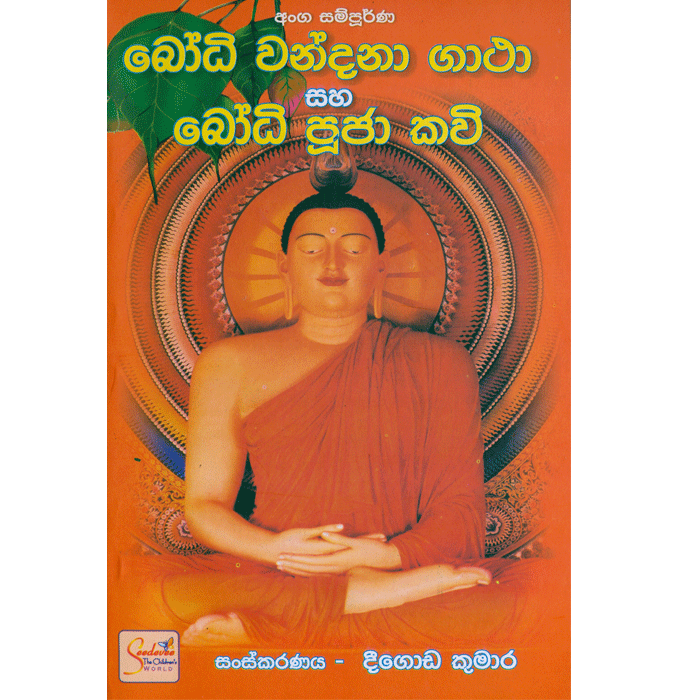
The Buddha is shown with his left hand in his lap, palm facing upwards and his right hand on his right knee. "Buddha defying Mara" is a common pose of Buddha sculptures. The Denkōroku refers to him as the "One Who Delights in Destruction", which highlights his nature as a deity among the Parinirmitavaśavarti devas. Mara is described both as an entity having an existence in Kāma-world, just as are shown existing around the Buddha, and also is described in pratītyasamutpāda as, primarily, the guardian of passion and the catalyst for lust, hesitation and fear that obstructs meditation among Buddhists. Devaputra-māra - the deva of the sensuous realm, who tried to prevent Gautama Buddha from attaining liberation from the cycle of rebirth on the night of the Buddha’s enlightenment.Įarly Buddhism acknowledged both a literal and psychological interpretation of Mara.Skandha-māra - Māra as metaphor for the entirety of conditioned existence.Kleśa-māra - Māra as the embodiment of all unskillful emotions, such as greed, hate and delusion.In traditional Buddhism, four metaphorical forms of "māra" are given: It is "very wide-spread" in Indo-European languages suggesting it to be of great antiquity, according to Mallory and Adams. The root mṛ is related to the Indo-European verbal root *mer meaning "die, disappear" in the context of "death, murder or destruction". The latter is a name for death personified and is sometimes identified with Yama.

It is related to other words for death from the same root, such as: maraṇa and mṛtyu. Māra is a verbal noun from the causative root and means 'causing death' or 'killing'. It takes a present indicative form mṛyate and a causative form mārayati (with strengthening of the root vowel from ṛ to ār). The word "Māra" comes from the Sanskrit form of the verbal root mṛ.


 0 kommentar(er)
0 kommentar(er)
